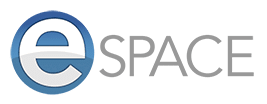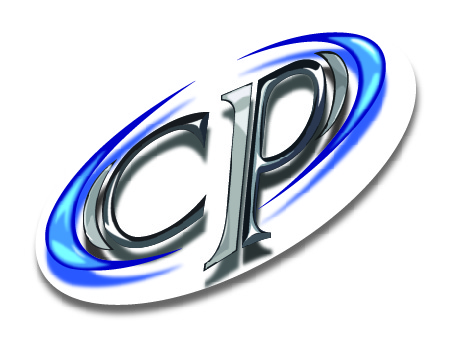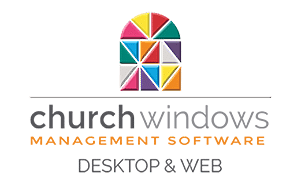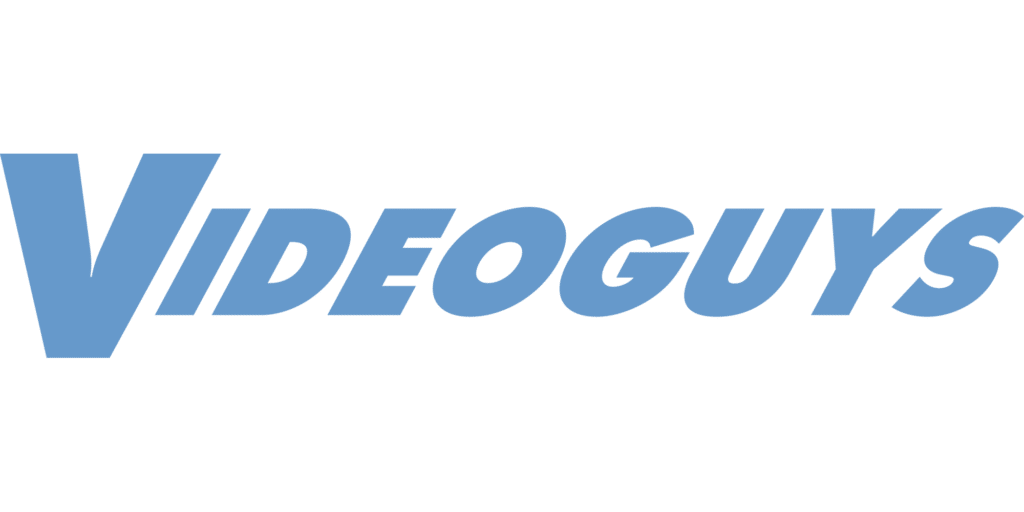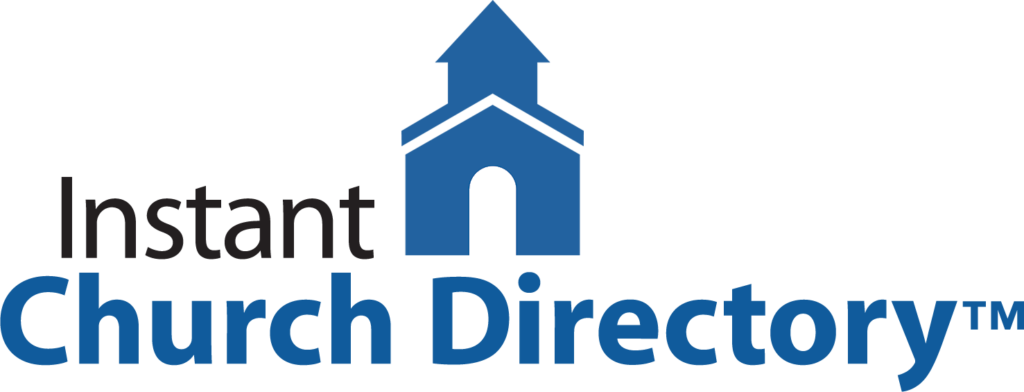By Aaron Marsh
Print, Digital, or Both?
Online directories as well as printed directories are excellent options that help church members to connect. With either online or print directories, you can opt for photo directories (usually a massive effort of coordinating members’ schedules with the photographer).
The advantage of a photo directory is that it can help people recognize and connect with others in the church. The disadvantages are the cost, the scheduling challenges, and how quickly the photos become outdated.
Some churches are opting for both an online directory that is password protected for members, that syncs with cell phones, has contact information and photos, and also having a print directory. Such print directories can be handled entirely by a professional printer or done in house.
Why Print It?
In the digital age, information printed on paper is becoming less common. However, with church directories, a printed directory can be desirable. The point of a church directory is not just to provide information; it’s to connect members. For example, if a family has just been to church and met a family that has two kids the same age as their kids.
The information in the directory makes it easier to contact them and further the relationship. You can even pencil in a note! Another example would be if you were at a large church function and met 30 new people. It’s not possible to remember everybody’s names, but with a directory, it’s easier to find and remember these people.
DIY Directory
Printing a church directory can be a do-it-yourself project if you have a small number of members (less than 100) and if you have the time, talent and resources. Microsoft Publisher provides a template that can be used for this. These are the steps:
- Create a simple form that all members fill out with contact information.
- Collect all the forms. Sort them in alphabetical order.
- Use word processing software to type all of the members’ contact information.
- Create a cover page with a photograph of the church or the church’s name or logo.
- Consider what type of binding will work best for the size of your directory.
- Hire a Printer
A church directory is complex, time-consuming, and an investment in money. It also is a reflection on the church, so it needs to look “just right.” Many folks attempt a DIY directory only to find that they’re in over their heads. It helps to have an experienced printer involved in the process who can give artistic input, suggest cost effective savings options, and make the project much easier to produce.
Size and Quantity
Some sizes of directories (5.5″ by 8.5″) are less expensive to produce and are a size that’s easy for church members to hold and flip through.
The quantity of directories needed will help the printer determine the best means for producing the directory. If you need less than 200 directories, a digital printing press will be more cost-effective. If you need close to 1,500 or more, an offset press will be the most cost-effective option.
Binding Options
Saddle stitching is least expensive and easiest to produce quickly and is a good option if the page count is approximately 88 pages or less. Saddle stitching is when folded sheets are gathered together one inside the other and then stapled through the fold line with wire staples. This can yield a very professional looking document that can also be hole-punched along the spine of the directory.
Perfect binding is used for a higher page count, usually around 88 pages or higher. The pages and cover are glued together at the spine and the other sides of the book are trimmed so that they are perfectly even.
Spiral binding uses a durable plastic or metal coil to join the pages of the directory. These are easiest for the user to read because they can open it, and lay it flat for easy reference.
Paper Selection
You will need to discuss options for paper with your printer. The thickness, texture and sheen will affect the price, look, and durability of the directory. When it comes to choosing paper, beauty is in the eye of the beholder!
A thicker paper with a clear protective finish will also last longer. If you anticipate reprinting the directory frequently, then you may want to choose a thinner, lower sheen option.
Ink Selection and Image Conversion
You’ll need to make ink selections and decide if you want full color pages or only a full color cover. Black ink only is a cheaper option for printing, but there are times when a combination of inks will give a more impressive look, especially if there are any photos.
You will also need to consider “bleed.” Bleed means that the ink coverage extends right out to the very edge of the paper. You can opt for bleeds on any side, or none at all.
There are additional costs involved for bleeds, so if you’re on a tight budget, you may want to avoid having bleeds, especially on the body of the directory. Having a bleed on the cover usually only adds a small amount to the cost.
Aaron Marsh is president of www.PrintingYouCanTrust.com, which was formed in 2003 by a team of professionals in the commercial and desktop printing industries. The company was established to meet a growing need in the marketplace: a trustworthy online source for quick and easy quality printing.




